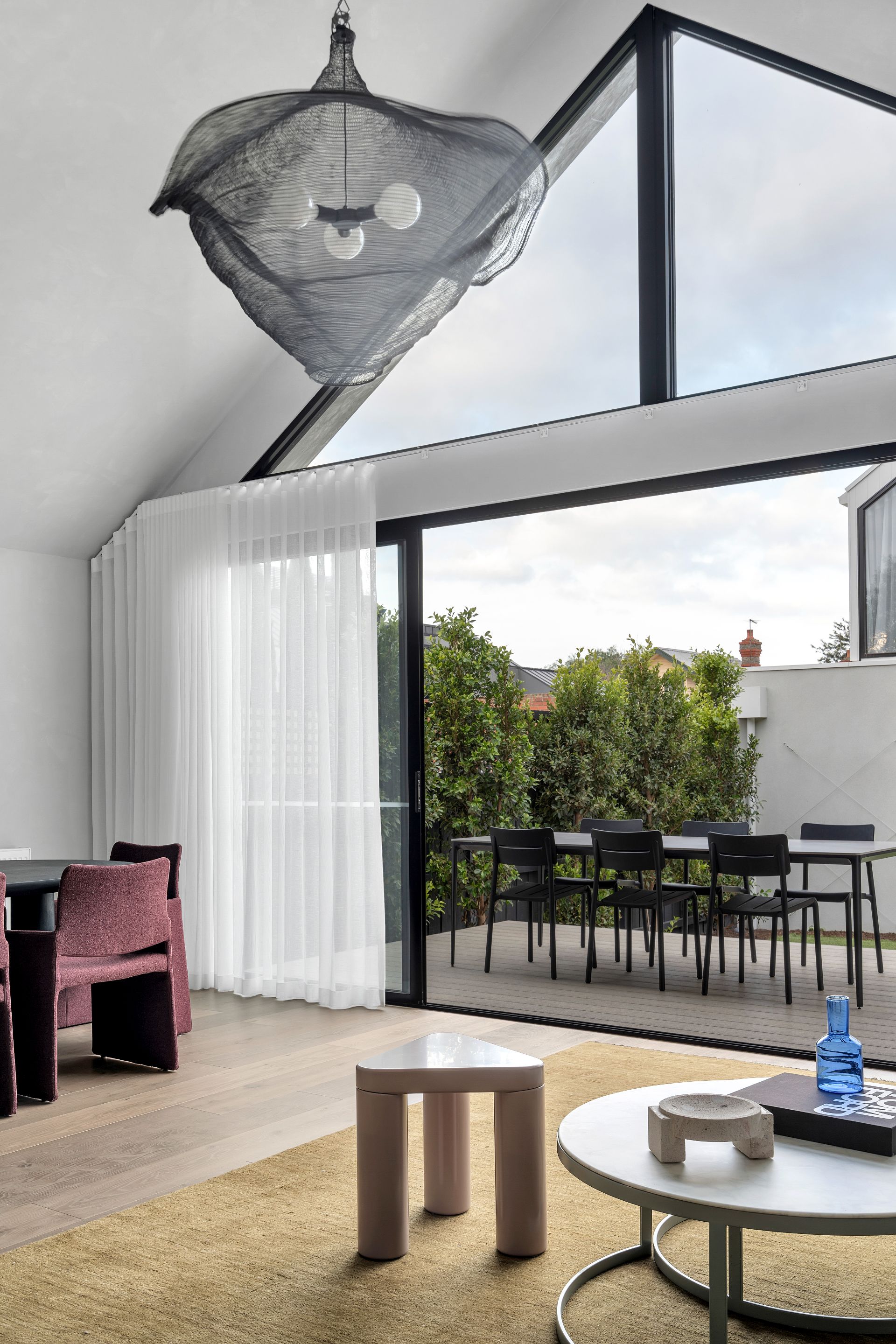Dealing with Spills: Quick Tips for Timber Floors
Learning how to manage spills by acting quickly, using the right materials, and using preventative measures can protect your engineered French oak timber flooring from unnecessary damage.

Timber flooring is an investment in both style and longevity. Engineered timber, particularly French oak, combines natural beauty with durability, yet like any natural material it requires proper care.
One of the most common concerns with timber flooring is accidental spills. Whether it is water, wine, or coffee, knowing how to respond appropriately will help preserve the appearance and performance of your floor for years to come.
Learning how to manage spills by acting quickly, using the right materials, and using preventative measures can protect your engineered French oak timber flooring from unnecessary damage.

Why Spills Require Immediate Attention
Timber is a porous material. Even with a high-quality protective finish, liquid left on the surface for too long can seep into the wood, leading to staining, swelling, or warping. Acting quickly ensures the spill remains a minor inconvenience rather than a cause of long-term concern.
Step One: Respond Promptly
The most effective protection against damage to your engineered French oak timber floors is immediate action:
- Blot rather than wipe. Use a soft, absorbent cloth to draw liquid away from the surface. Wiping can spread the spill or push it into joints.
- Avoid scrubbing. Vigorous rubbing may damage the finish or drive liquid deeper into the timber.
Step Two: Choose the Right Materials
Using the correct cleaning materials to clean your timber flooring is essential:
- Use a damp mop or microfibre cloth that has been well wrung out to remove all excess water.
- Avoid abrasive fabrics or sponges that may scratch the floor.
- For larger spills, keep a clean towel on hand specifically for flooring emergencies.
Step Three: Neutralise and Dry
Once excess liquid has been absorbed, it is important to ensure no residue remains on your French oak timber flooring:
- Lightly dampen a cloth with clean water and gently wipe the area.
- If required, apply a pH-neutral timber floor cleaner approved by your flooring provider. Harsh chemicals, detergents, or acidic solutions (such as vinegar) should be avoided.
- Always follow up by drying the area thoroughly with a clean cloth.
Dealing with Specific Spills
Different substances require slightly different responses:
- Wine or coffee: Blot immediately and clean with a damp cloth. These liquids contain pigments that can stain if left too long.
- Sugary or sticky spills (soft drinks, juices, sauces): After blotting, use a pH-neutral cleaner to remove residue, then dry completely.
- Oil or grease: These may require a specialised timber floor cleaner. Always test products in a discreet area first.
If uncertainty arises, seek professional advice before attempting further treatment on your engineered French oak timber flooring.
Preventative Measures
While quick action is important, prevention remains the most effective safeguard:
- Use mats and rugs in high-traffic areas. In kitchen and dining areas, wipe up spills both big and small promptly.
- Maintain protective finishes to strengthen the timber’s resistance to moisture and stains. Using a product such as WOCA Master Care every six months will refresh and protect the finish of your flooring
- Adopt routine cleaning practices to remove grit and dirt that can damage the finish and complicate spill management.
- Install furniture pads to prevent liquids being dragged across the surface when items are moved.
When to Engage a Professional
There are instances where professional intervention is advisable:
- If liquid has penetrated between boards, causing swelling or distortion.
- If a persistent stain cannot be removed with standard care.
- If the surface finish appears dull or compromised following a spill.
A flooring specialist can assess the issue and recommend refinishing or restoration if required.
Understanding how to respond to spills ensures that timber floors remain a source of pride rather than concern. With the correct approach, most accidents can be resolved without lasting impact.

How Engineered Timber Compares to Other Flooring Options
Every flooring material reacts differently when exposed to spills. Understanding these differences can help you appreciate both the strengths and care requirements of engineered French oak timber flooring.
- Laminate Flooring: Laminate has a photographic surface layer rather than natural timber. While it resists stains to some extent, moisture can penetrate the joints and cause swelling or lifting. Unlike timber, laminate cannot be sanded or refinished once damaged.
- Vinyl Flooring: Vinyl is highly water-resistant and usually handles spills well. However, it lacks the natural warmth, character, and long-term value of real timber. Damage from cuts or dents often requires replacement of whole sections.
- Tiles: Ceramic or porcelain tiles are extremely resistant to water and staining, but their grout lines are porous and prone to discolouration. They can also feel colder and harder underfoot compared to timber.
- Carpet: Carpet absorbs liquid quickly, often leading to staining and odours. Spills on carpet usually require immediate professional cleaning to prevent permanent damage.
- Solid timber: Solid timber flooring is generally more sensitive to moisture. Spills that seep into solid boards can cause greater swelling, cupping, or warping due to the timber’s natural expansion and contraction. The initial impact of liquid damage is often more pronounced than with engineered timber, which is designed for greater dimensional stability.
Engineered French oak timber flooring offers the natural appeal of hardwood with enhanced stability. While spills must be addressed promptly, the protective finishes available today provide strong resistance, allowing engineered timber floors to remain both beautiful and practical in everyday life.
At French Oak Floors, our engineered French oak timber flooring is pre-finished with an eight-layer polyurethane UV lacquer which ensures exceptional durability and resistance to wear and tear. Every residential installation comes with a 25-year warranty which covers structural integrity, delamination, and manufacturing defects under normal use.
Ready to elevate your space? Get in touch with us to discuss your options today.

